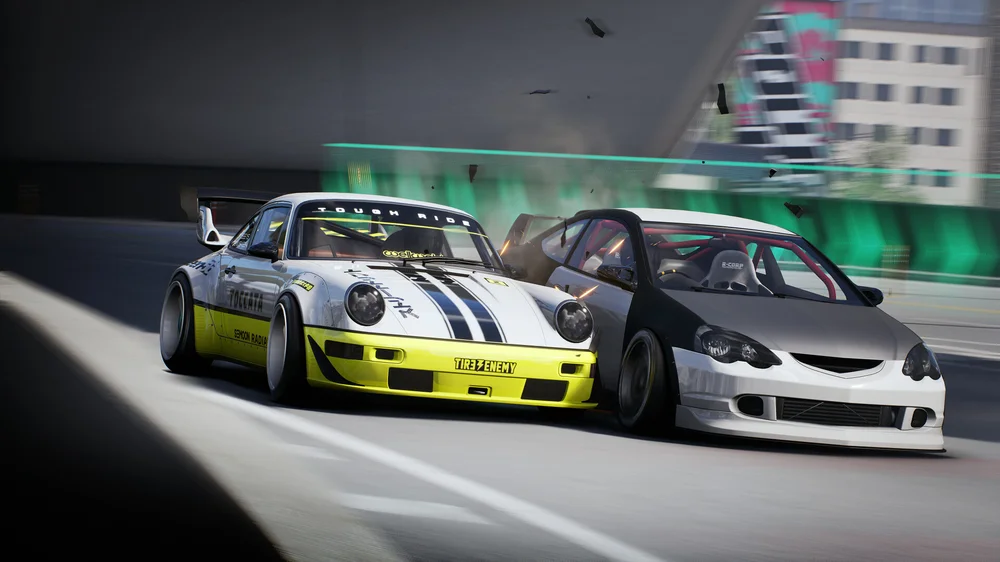Street circuits represent one of the most demanding and fascinating challenges for both real drivers and sim racers. Approaching a street track is fundamentally different from driving on a permanent circuit: every difficulty is amplified. The surface is uneven, overall grip is lower, run-off areas are minimal, and the walls are always just a few centimeters away. To be fast in such an environment, both driving technique and car setup require a very specific approach.

Driving requirements
A street circuit demands precision, patience, and consistency. Drivers must build confidence gradually, learning the track’s rhythm and landmarks before pushing toward the limit. Because there is essentially no margin for error, rushing rarely pays off.
The key is to maintain an extremely clean and controlled driving style. Inputs on throttle, brake, and steering should be smooth and measured. Overdriving (pushing beyond what the car and track can tolerate) must be avoided at all costs.
Using the full width of the track is crucial. On a street circuit this means getting as close as possible to the walls. The ideal line often requires brushing the outside wall at corner entry, hitting the apex with perfect timing, and again running millimeters from the wall on exit. Missing any of these points results in lost time or, in the worst case, an unavoidable crash.
Braking should be done with the car as straight as possible. This minimizes braking distance and reduces the risk of lock-ups on the typically low-grip surface. Equally important is traction: throttle application must be progressive and only when the car is fully stable.
Overall, driving on a street circuit is a mental exercise more than an instinctive one. The fastest driver is the one who can consistently approach the limit without ever crossing it.

Car setup requirements
A street circuit typically requires a softer overall setup compared to a permanent racetrack. Softer suspension and slightly increased ride height help absorb bumps and imperfections while improving braking stability and traction through controlled chassis movement. Anti-roll bars, especially at the front, are usually softer as well, enhancing mechanical grip and making the car more manageable in slow corners.
Differential settings also play a key role: a more locked differential on acceleration helps prevent oversteer and maximizes traction, while a more open diff on deceleration allows better rotation on corner entry. This applies mostly to advanced differentials where on-throttle and off-throttle behavior can be adjusted independently.
Sim racing setup
Precision is everything in street circuits, especially in sim racing. A load-cell pedal set such as the ClubSport Pedals V3 or CSL Elite Pedals V2 provides the braking accuracy needed for consistent lap times. Likewise, the wheel base should deliver as much track detail as possible to develop muscle memory and confidence, making the ClubSport DD+ an ideal choice.

Mastering a street circuit is a unique blend of discipline, finesse, and technical understanding. Whether you are a real driver or a sim racer, success comes from embracing the circuit’s constraints, respecting its unforgiving nature, and building confidence step by step. With the right mindset, precise driving, and a setup tailored to the demands of narrow streets and close walls, street circuits transform from intimidating challenges into some of the most rewarding experiences in motorsport.
PRODUCTS IN ARTICLE